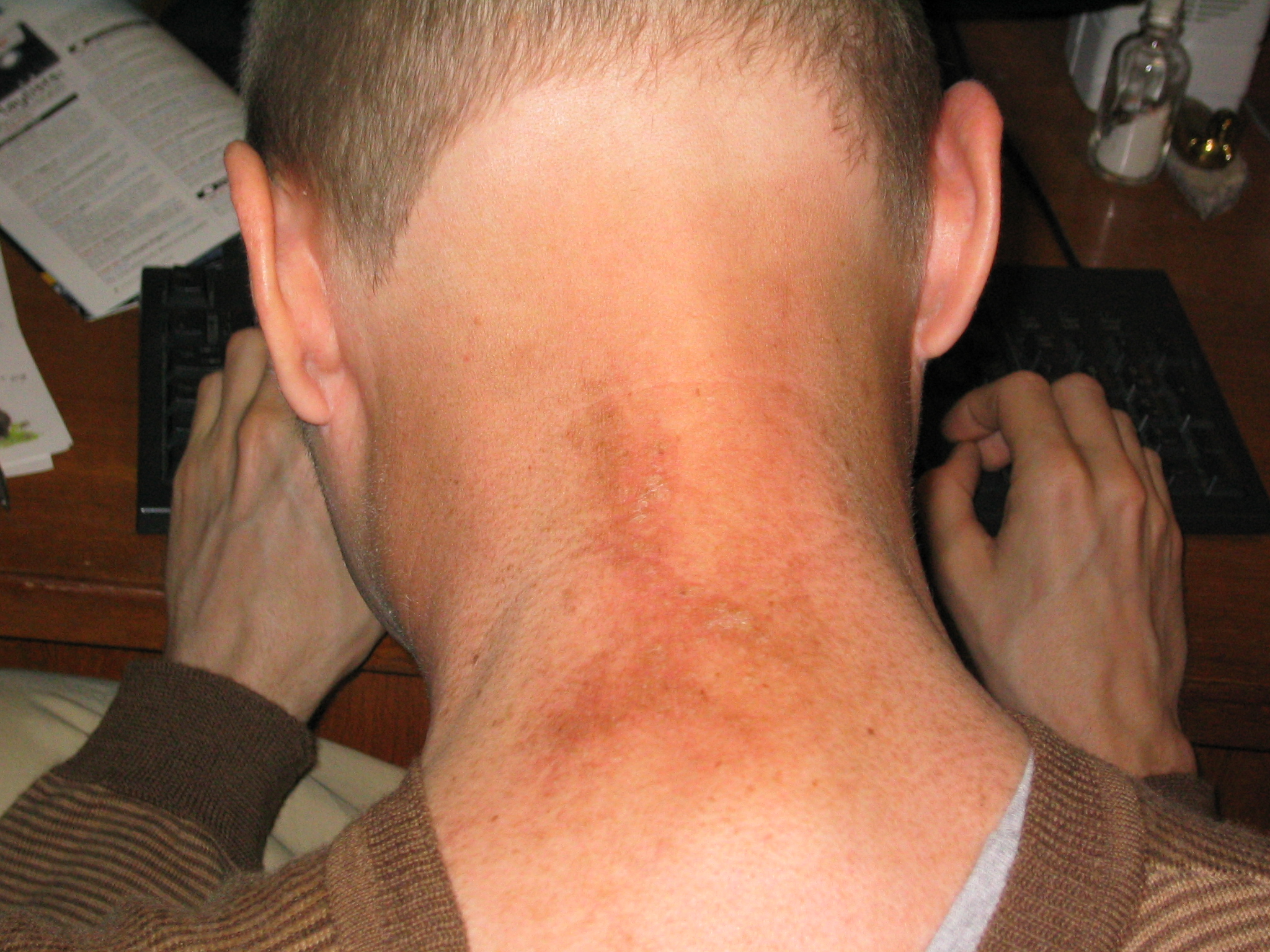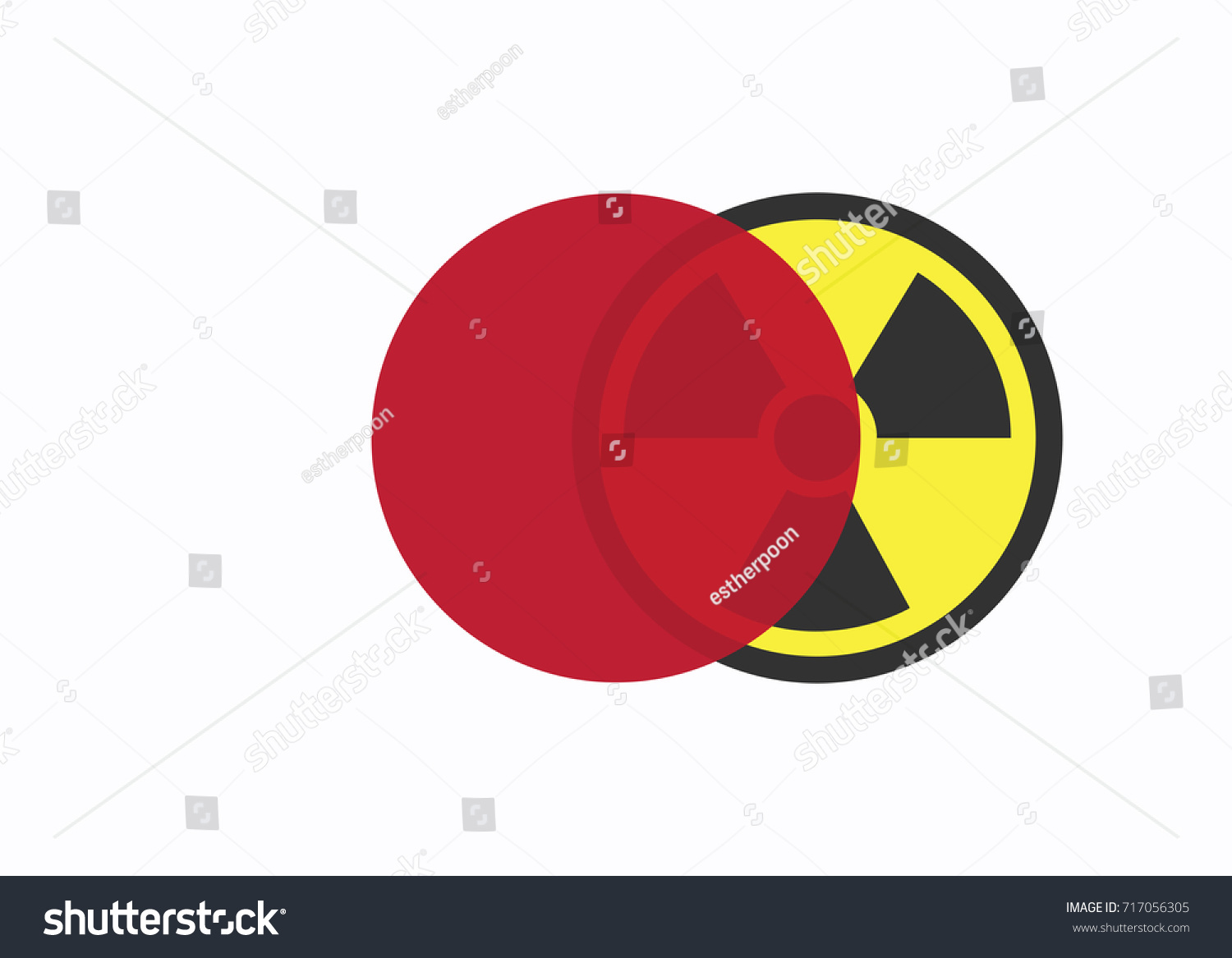When we consider the notion of energy moving around us, it's almost a constant presence, isn't it? We might not always think about it, but energy is, you know, everywhere, moving in so many ways. Sometimes, this energy, often called radiation, can have really profound impacts, especially when we consider something as serious as what people call radiation burns, a concept that often brings to mind historical moments in places like Japan. It's a subject that, frankly, invites a closer look at what this energy actually is and how it behaves.
You see, radiation isn't just one thing; it's a broad term for how energy gets from one spot to another, typically as waves or as tiny bits of matter. We come across it, basically, in our day-to-day existence, whether it's the warmth from the sun or the signals that let us use our phones. It's a natural part of the physical world, something that surrounds us constantly, as a matter of fact.
So, to truly grasp the idea of "radiation burns Japan," it helps to first get a clearer picture of what radiation itself involves. We're going to explore where this energy comes from, how it travels, and what happens when it interacts with things, especially living beings. It's about looking at the very core of this phenomenon to better appreciate its potential effects.
- Rudy From Cosby Show
- Crazyjamjam Fanfic
- Constanze Mozart
- Does Sam Elliott Support Kamala Harris
- Eugenia Cooney Nudes
Table of Contents
- What Exactly is Radiation?
- Where Does Radiation Come From?
- How Does Radiation Interact with Our Bodies?
- What Are the Different Kinds of Radiation?
- Why is Understanding Radiation Important?
- What Does This Mean for "Radiation Burns Japan"?
What Exactly is Radiation?
So, what are we talking about when we say "radiation," anyway? Well, in a basic sense, it's the process where energy gets sent out or passed along. This energy travels either as waves, like those you might picture for light or sound, or as tiny, tiny pieces of matter. It moves through empty space, you know, or it can go right through different kinds of stuff. Think of it like a message being sent across a distance, carrying energy with it.
How Does Energy Travel in Radiation?
This energy flow, basically, involves atomic and subatomic bits, along with waves. It's a bit like how heat moves from a warm object, or how light beams make their way to your eyes. X-rays, for instance, are another good example of this kind of energy movement. These forms of energy are constantly, more or less, bumping into everything around us. It's a continuous showering of energy particles and waves, really.
Is Radiation Always Harmful?
Actually, no, not every type of radiation is something to be worried about in a damaging way. We're exposed to it, naturally, every single day. The light from the sun, the warmth you feel from a hot stove, even the radio waves that carry your favorite songs – these are all forms of radiation. The potential for harm, like the kind that might lead to something like radiation burns, which some people associate with places like Japan, really depends on the type of radiation and how much of it is present, and for how long, you know.
- Ramen Noodles Recall 2025 List
- Is Bill Oreilly Married Today
- Has Denzel Washington Died
- Who Is Laura Ingles Husband
- Dame Judi Dench
Where Does Radiation Come From?
You might wonder where all this energy, this radiation, originates. Well, it has a couple of main starting points. Sometimes, it comes from bits of matter that aren't quite steady, what we call unstable atoms. These atoms, you see, go through a process of breaking down, which is known as radioactive decay, and when they do, they let go of energy in the form of radiation. Other times, it's made by things people have put together, like certain kinds of machines. So, it's both a natural happening and something we can create.
Natural and Man-Made Sources of Radiation Burns Japan
The energy that causes radiation, it travels from its starting point in a particular way, whether as waves or as those tiny bits of matter. We're talking about both things found in nature and things made by human effort. For example, there's energy from space, often called cosmic rays, that reaches us all the time. Then there are sources that people have made, which also give off radiation. Understanding these different origins helps us get a clearer picture of how radiation might, for instance, be connected to the idea of radiation burns in places like Japan.
How Does Radiation Interact with Our Bodies?
When this energy moves into a living body, it can do so in a few ways. It might, for instance, pass right through the outer layer of the body, or it could be taken in by swallowing something, or even by breathing it in. Once it's inside, this energy starts to interact with the body's own materials. This interaction is, in a way, the key to understanding any effects it might have, including the possibility of something like radiation burns.
What Happens When Radiation Enters the Body?
Every bit of stuff around us, including our own bodies, is put together from tiny building blocks called atoms. And these atoms, they have their own smaller parts, naturally. When radiation, which is energy traveling from a source, makes its way into the body, it can affect these tiny parts. This is where the story of potential impact begins, because this energy can change things at a very fundamental level within the body's structures. It's pretty much a direct interaction, you know.
What Are the Different Kinds of Radiation?
It's interesting to note that radiation isn't just one uniform type of energy. It's energy that moves as waves or as small pieces, and it's always around us in our daily surroundings. However, there are distinctions in how this energy behaves and what it can do. This means not all radiation is created equal in terms of its effects, which is a really important point to grasp, especially when we think about what might cause harm.
Ionizing and Nonionizing Radiation Burns Japan
One very important way to sort out radiation is by whether it's "ionizing" or "nonionizing." This distinction is, arguably, quite important. Ionizing radiation is the kind that has enough energy to actually knock tiny pieces off of atoms, creating what are called ions. This process can change the structure of materials, including living cells. Nonionizing radiation, on the other hand, doesn't have that same power to alter atoms in that way. It's typically the ionizing kind that people worry about when they talk about severe effects, like the concept of radiation burns, which has been a serious concern in places like Japan.
Why is Understanding Radiation Important?
Knowing about radiation, what it is, and how it behaves is, frankly, pretty important for everyone. It's not just a topic for scientists or specialists. Since it's a part of our everyday world, understanding its basics helps us make sense of so many things around us. It gives us a better perspective on how energy works and how it can affect us, for better or worse. It's about having a clearer picture of our environment, you know.
Knowing About Radiation and Its Impact
Having a grasp of how radiation moves and where it comes from allows us to appreciate its presence in our lives. From the rays that come from space to the natural elements in the ground, we are, more or less, always receiving some amount of this energy. This foundational knowledge is, naturally, key to understanding discussions about its potential effects on health and the environment, including, for instance, the historical significance of radiation burns in Japan.
What Does This Mean for "Radiation Burns Japan"?
When we hear the phrase "radiation burns Japan," it's not just about a location; it points to a very specific kind of harm that can come from certain types of energy interaction. The general understanding of radiation as energy that travels, whether as waves or particles, and its ability to pass into or through the body, is what helps us conceptualize such injuries. It's about how this energy can, you know, change things at a cellular level, leading to visible damage.
The Concept of Radiation Burns in Context
So, the idea of radiation burns, especially in a context like Japan, speaks to the profound impact that a particular kind of energy can have when it interacts with living tissue. It's a stark reminder that while radiation is a natural and often harmless part of our world, certain forms, particularly the ionizing kind, carry the power to cause significant physical changes. This understanding is built upon the basic physics of how energy moves and interacts, as we've discussed. It's pretty much a direct consequence of that energy flow.
This article has explored the basic nature of radiation, defining it as the emission or transmission of energy in the form of waves or particles through space or a material medium. We've looked at how this energy, a flow of atomic and subatomic particles and waves, originates from unstable atoms undergoing decay or from human-made machines. We've also considered how radiation is a constant presence in our daily environment, coming from sources like cosmic rays. The discussion touched upon the critical distinction between ionizing and nonionizing radiation, noting that only ionizing radiation has the capacity to alter matter at an atomic level. Finally, we connected these fundamental properties of radiation to the concept of "radiation burns," particularly in the context of historical events associated with Japan, by understanding how this energy can penetrate skin or be ingested, thereby interacting with the body's atomic components.
Related Resources:

:max_bytes(150000):strip_icc()/GettyImages-1445308167-0e828c7b49f24b72a2992d3fce6a962d.jpg)

Detail Author:
- Name : Ervin Goldner
- Username : julian.steuber
- Email : bartell.neoma@gmail.com
- Birthdate : 2005-09-05
- Address : 2578 Toby View Suite 888 Brandyberg, IN 13654
- Phone : 1-253-640-3404
- Company : Jacobson-Senger
- Job : Postal Service Mail Sorter
- Bio : Similique nihil nam optio enim ipsum molestiae. Consequatur sequi unde nihil. Explicabo eveniet sapiente hic tempore. Molestiae autem mollitia velit quia.
Socials
facebook:
- url : https://facebook.com/abernhard
- username : abernhard
- bio : Consequuntur incidunt suscipit nesciunt suscipit consequatur sint.
- followers : 1570
- following : 1631
twitter:
- url : https://twitter.com/antoinette_bernhard
- username : antoinette_bernhard
- bio : Enim et ipsum enim eius vitae impedit perferendis. Vitae qui ipsa laborum ullam enim. Et aut ut est assumenda qui ipsum ea.
- followers : 1195
- following : 698
instagram:
- url : https://instagram.com/bernharda
- username : bernharda
- bio : Libero quo ut adipisci quia odio dolorum. Et voluptas corrupti dignissimos harum eos quo qui illo.
- followers : 3458
- following : 424
tiktok:
- url : https://tiktok.com/@antoinette_bernhard
- username : antoinette_bernhard
- bio : Ratione et odio ut et omnis ipsa voluptatem.
- followers : 5571
- following : 951
linkedin:
- url : https://linkedin.com/in/antoinette_real
- username : antoinette_real
- bio : Totam aut veniam tempora.
- followers : 2543
- following : 1815